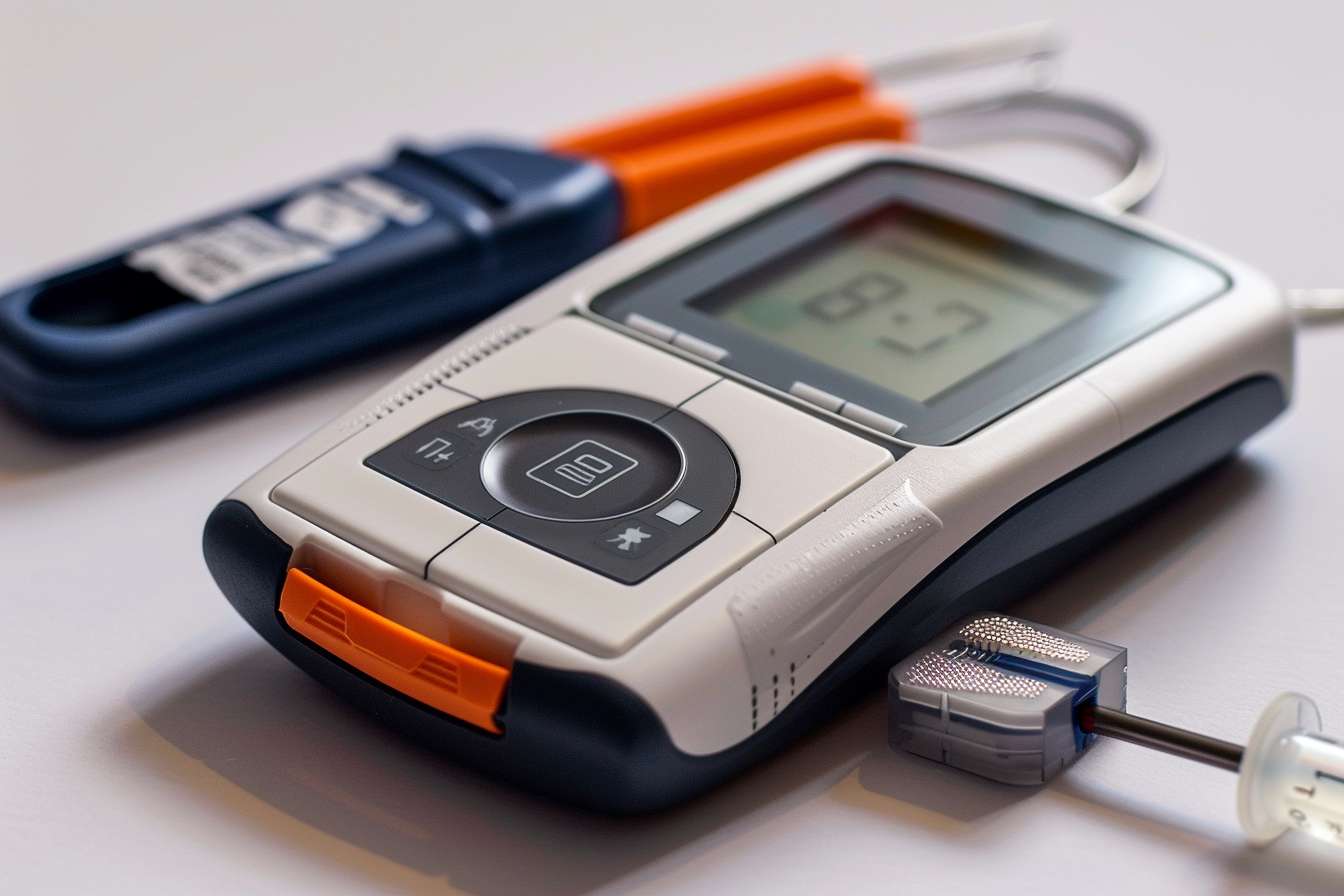Understanding Wearable Glucose Monitors: Technology and Benefits
Continuous glucose monitoring technology has revolutionized diabetes management by providing real-time insights into blood sugar levels without frequent finger pricks. These wearable devices offer people with diabetes unprecedented visibility into their glucose patterns, helping them make more informed decisions about medication, diet, and exercise. As the technology continues to evolve, understanding how these devices work and their various features becomes increasingly important for effective diabetes care.

Continuous glucose monitors (CGMs) represent a significant advancement in diabetes management technology. Unlike traditional blood glucose meters that provide only snapshots of blood sugar levels at specific testing times, CGMs track glucose levels continuously throughout the day and night. This continuous stream of data allows users to observe trends, identify patterns, and make more informed decisions about their diabetes management. The technology has become increasingly popular among people with various types of diabetes as it offers a more comprehensive picture of glucose fluctuations and helps prevent dangerous highs and lows.
How Wearable Glucose Monitors Track Blood Sugar Levels
Wearable glucose monitors use a tiny sensor inserted just under the skin, typically on the abdomen or upper arm. This sensor measures glucose levels in the interstitial fluid—the fluid that surrounds cells in the tissue just below the skin. The sensor contains an enzyme called glucose oxidase that reacts with glucose in the interstitial fluid, generating an electrical current proportional to the glucose concentration. This current is then transmitted to a receiver or smartphone app, which displays the reading.
It’s important to understand that interstitial glucose readings lag behind actual blood glucose by about 5-15 minutes. This delay occurs because glucose moves first from the bloodstream into interstitial fluid. Modern CGM algorithms help compensate for this lag, but users should be aware of this difference, especially when glucose levels are changing rapidly, such as after meals or during exercise.
Different Types of Wearable Glucose Monitoring Devices
The market offers several distinct types of wearable glucose monitoring systems, each with unique characteristics designed to meet different user needs.
Real-time CGMs provide continuous glucose readings and automatic alerts for high or low glucose levels. These systems typically include a sensor, a transmitter attached to the sensor, and a receiver or smartphone app that displays the data. Popular examples include the Dexcom G6, Medtronic Guardian Connect, and Abbott FreeStyle Libre 2.
Flash glucose monitoring systems, like the original Abbott FreeStyle Libre, require the user to scan the sensor with a reader or smartphone to get current glucose readings and trend information. While not truly continuous, these systems store data between scans, providing comprehensive information when scanned.
Implantable CGMs represent the newest category, with devices like the Eversense system that can be implanted under the skin for up to 180 days. These offer the advantage of longer sensor life but require a minor procedure for insertion and removal.
Features to Consider When Using a Wearable Glucose Monitor
When selecting a wearable glucose monitor, several key features warrant consideration to ensure the device meets individual needs and lifestyle requirements.
Sensor duration varies significantly between devices, ranging from 7 to 14 days for most external sensors, while implantable options can last up to 6 months. Longer-lasting sensors reduce the frequency of replacements but may come at a higher cost.
Calibration requirements differ among systems. Some CGMs require finger-stick calibrations once or twice daily to ensure accuracy, while newer models are factory-calibrated and don’t require additional blood tests for calibration.
Alert capabilities represent a crucial safety feature. Most real-time CGMs offer customizable alerts for high and low glucose levels, rate-of-change warnings, and predictive alerts that can warn users before they reach dangerous levels.
Data sharing features allow users to share their glucose data with family members, caregivers, or healthcare providers. This can be particularly valuable for parents monitoring children with diabetes or for adults who want additional support in managing their condition.
Smartphone compatibility and integration with other diabetes management tools, such as insulin pumps or automated insulin delivery systems, can significantly enhance the utility of a CGM system by creating a more comprehensive diabetes management ecosystem.
Benefits of Continuous Monitoring for Managing Glucose
The advantages of continuous glucose monitoring extend far beyond convenience, offering substantial improvements in diabetes management and quality of life.
Improved glycemic control stands as one of the most significant benefits. Research shows that CGM use is associated with lower HbA1c levels and reduced time spent in hyperglycemia (high blood sugar) and hypoglycemia (low blood sugar). By providing real-time feedback, CGMs help users make immediate adjustments to prevent extreme glucose excursions.
Reduced hypoglycemia risk is particularly valuable, as CGMs can alert users before their blood sugar drops to dangerous levels. This is especially important during sleep when hypoglycemia awareness may be diminished.
Pattern recognition capabilities help users and healthcare providers identify recurring patterns in glucose levels related to meals, exercise, stress, or sleep. This information facilitates more targeted adjustments to insulin dosing, meal planning, and other aspects of diabetes management.
Behavioral insights gained from continuous monitoring often lead to better self-management decisions. Seeing the immediate impact of food choices, physical activity, and medication timing on glucose levels provides powerful feedback that can motivate positive changes.
Tips for Interpreting Data from Wearable Glucose Monitors
Making sense of the wealth of data provided by CGMs requires understanding key metrics and developing strategies for analysis.
Time in range (TIR) has emerged as a critical metric, representing the percentage of time glucose levels remain within target range (typically 70-180 mg/dL). Healthcare providers generally recommend aiming for at least 70% time in range for optimal diabetes management.
Glucose variability, which refers to how much glucose levels fluctuate throughout the day, provides important information beyond average glucose or HbA1c. Lower variability is generally associated with better outcomes and reduced risk of complications.
Identifying patterns requires examining glucose data over multiple days. Most CGM systems provide reports that aggregate data to highlight recurring patterns related to specific times of day, meals, exercise, or other factors.
Working with healthcare providers to interpret CGM data is essential. Endocrinologists, diabetes educators, and other specialists can help analyze trends, suggest adjustments to treatment plans, and provide guidance on responding to the information provided by continuous monitoring.
Wearable glucose monitoring technology continues to evolve rapidly, with improvements in accuracy, convenience, and integration with other diabetes management tools. As these systems become more sophisticated and accessible, they offer increasingly valuable support for people living with diabetes, helping them achieve better health outcomes and improved quality of life.
This article is for informational purposes only and should not be considered medical advice. Please consult a qualified healthcare professional for personalized guidance and treatment.




